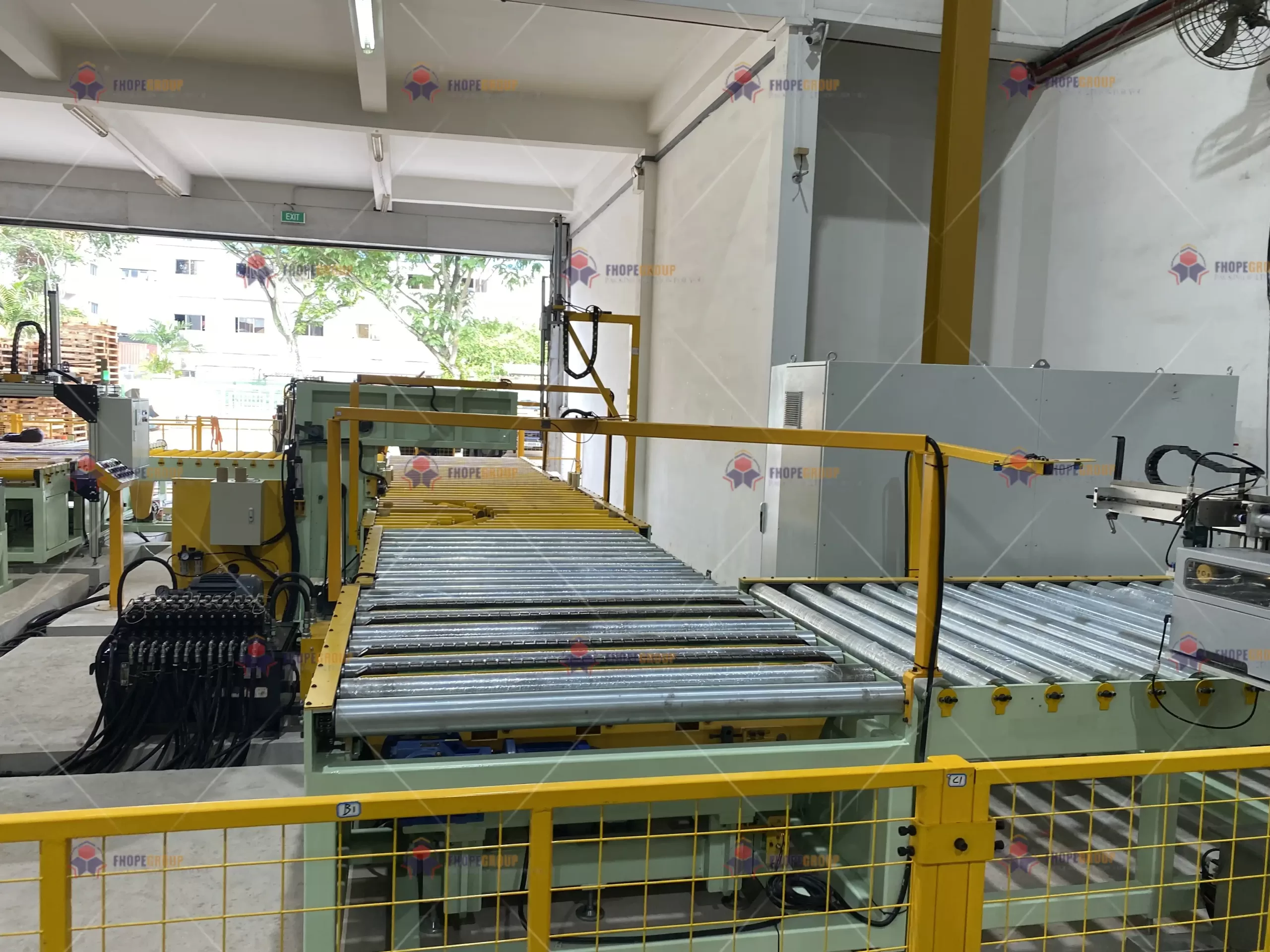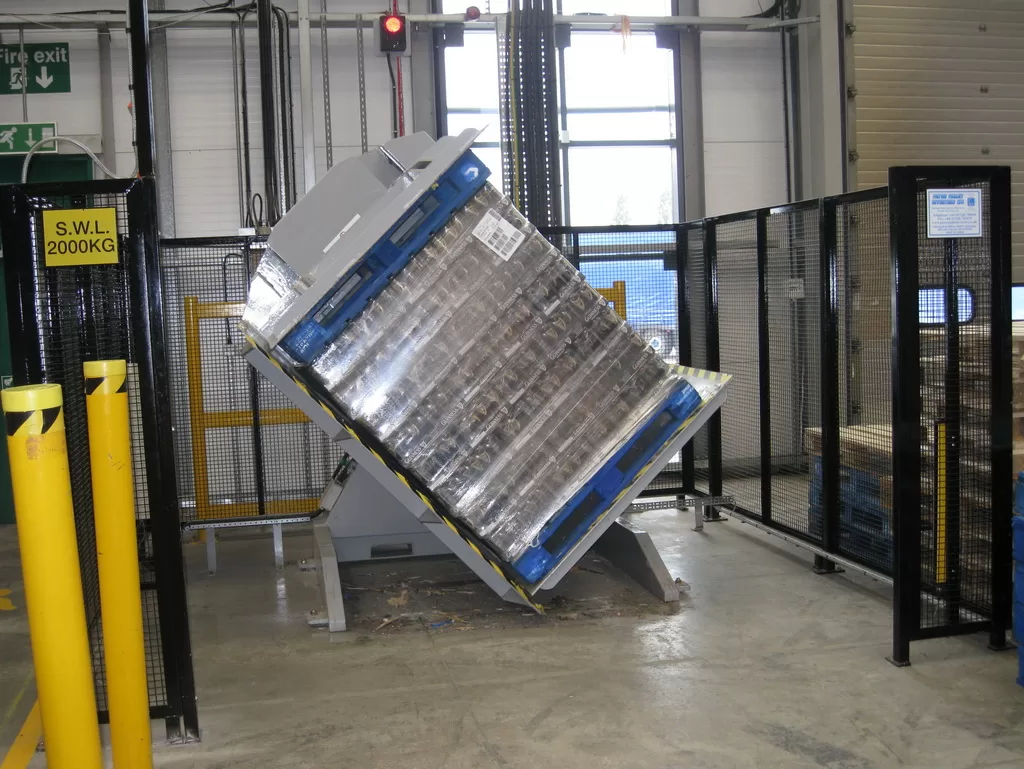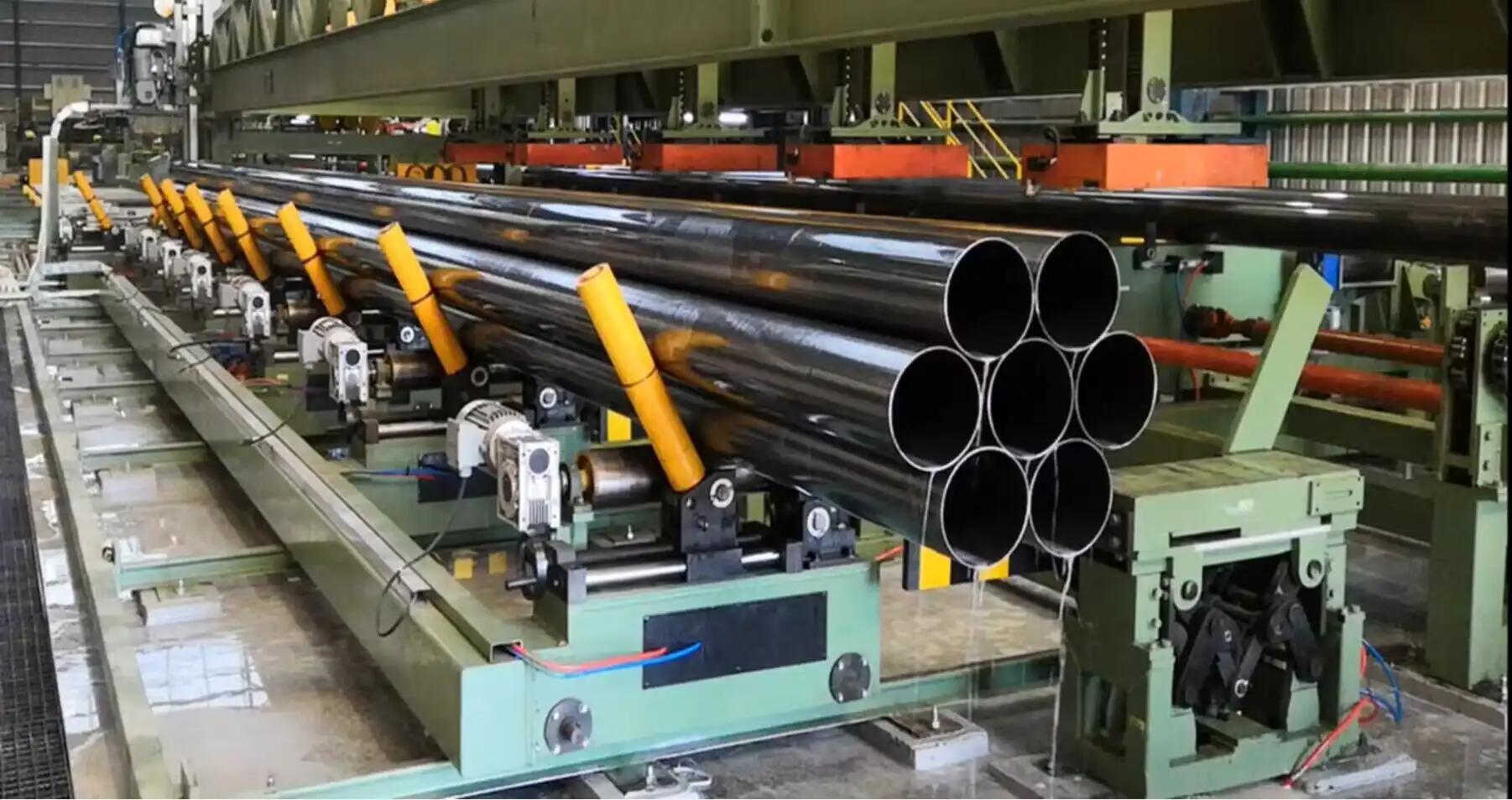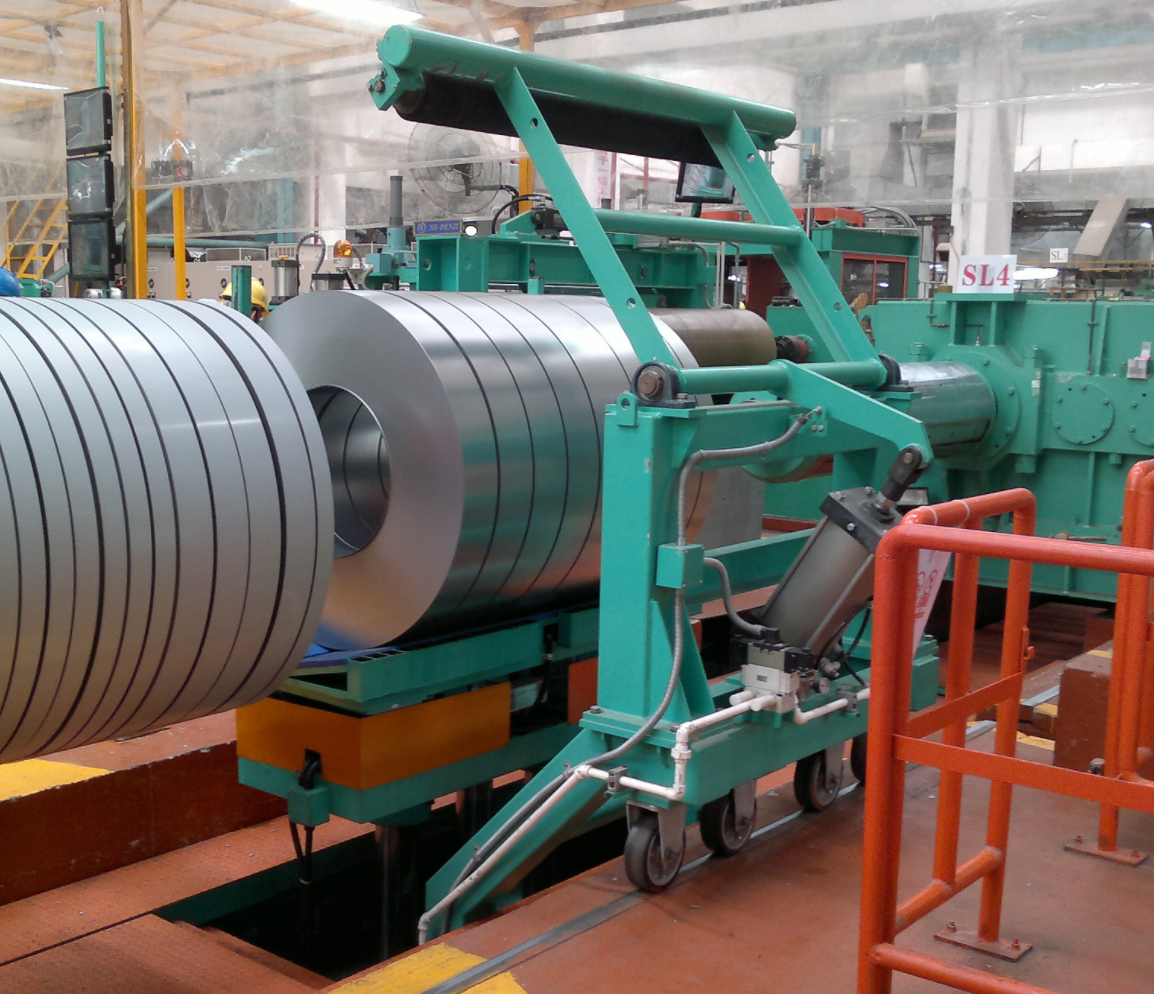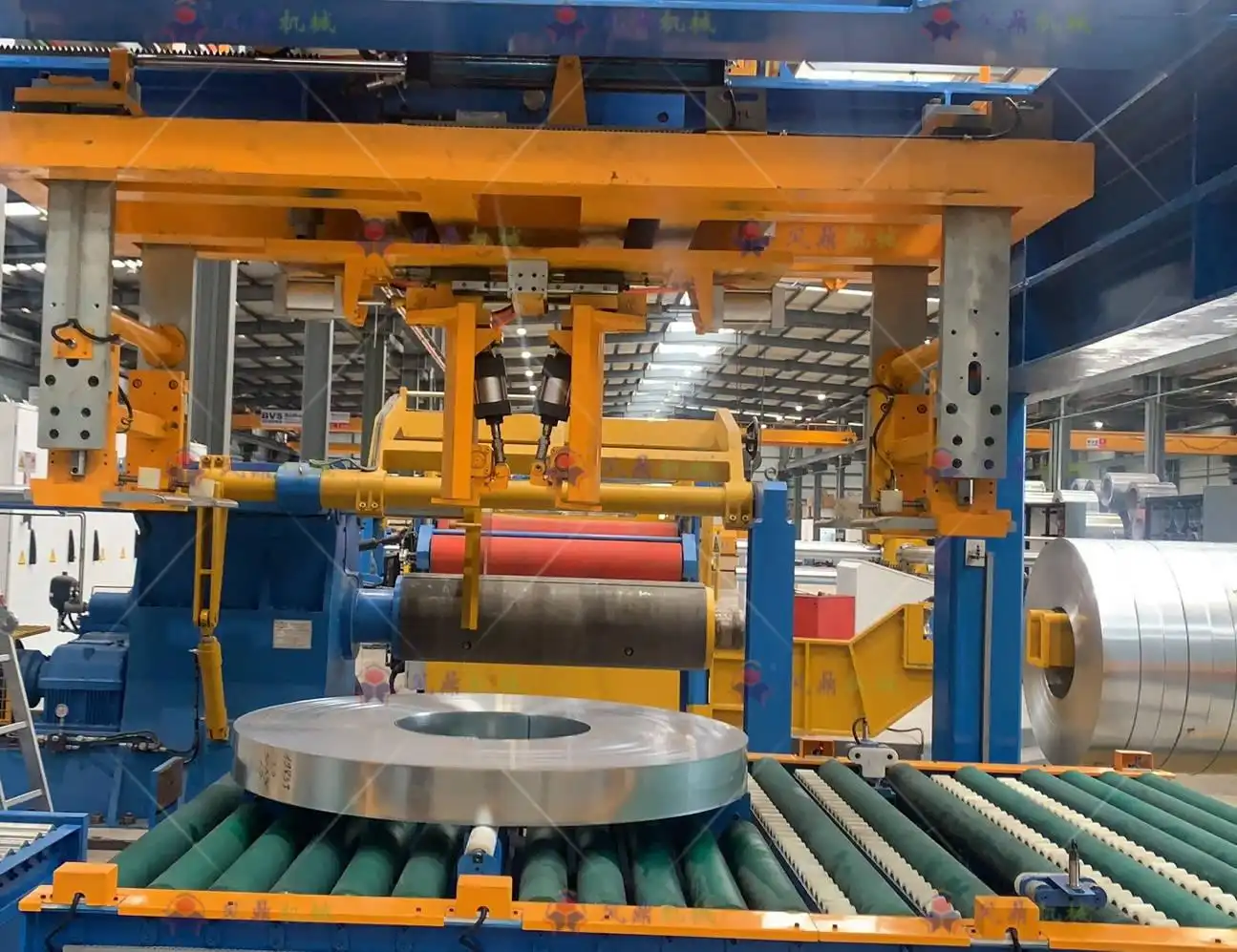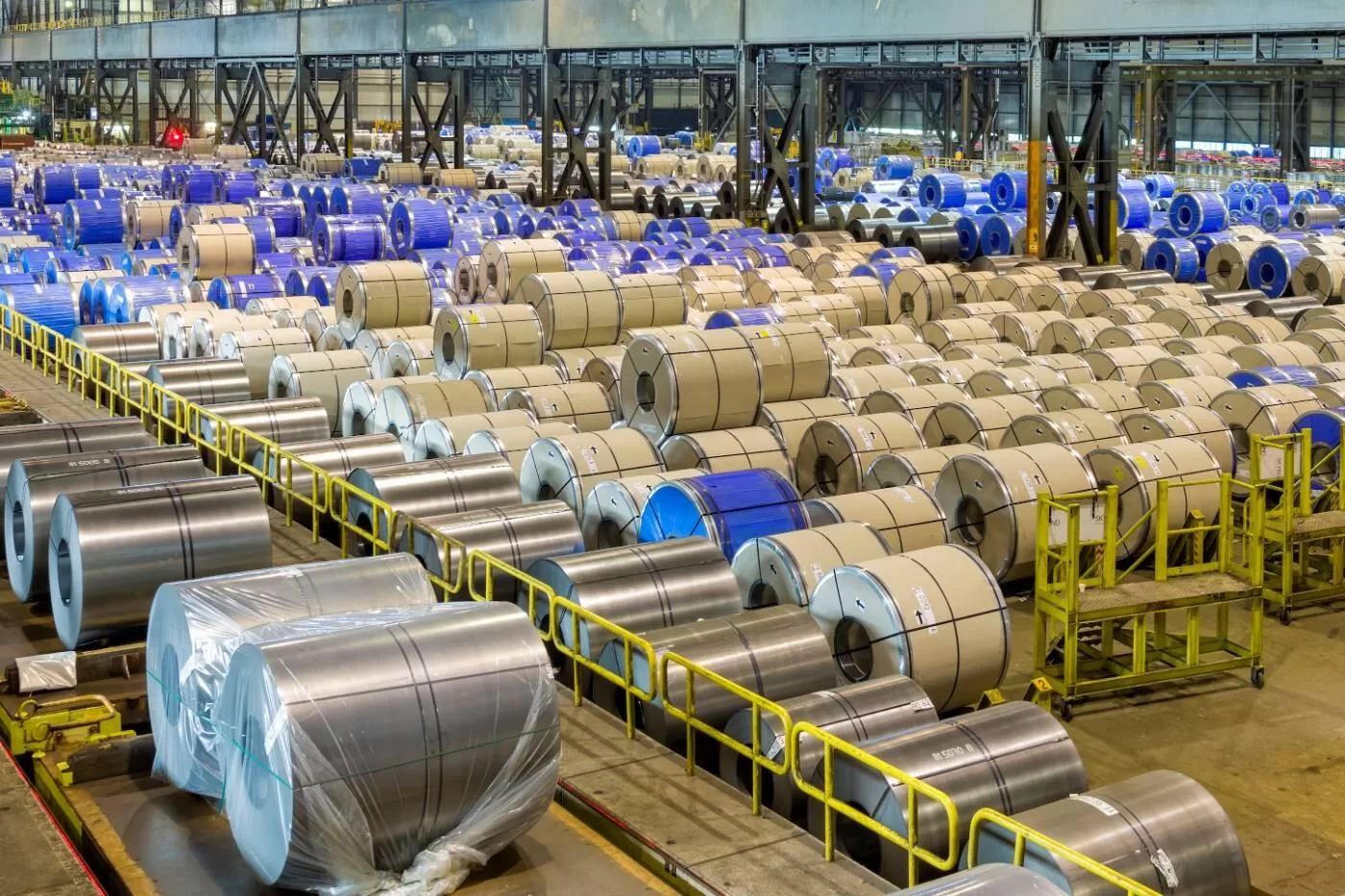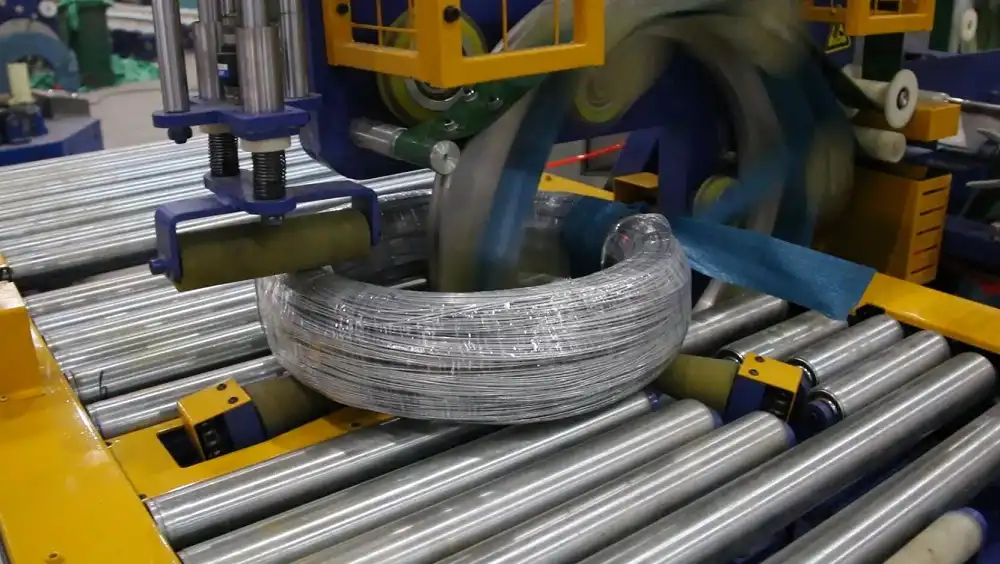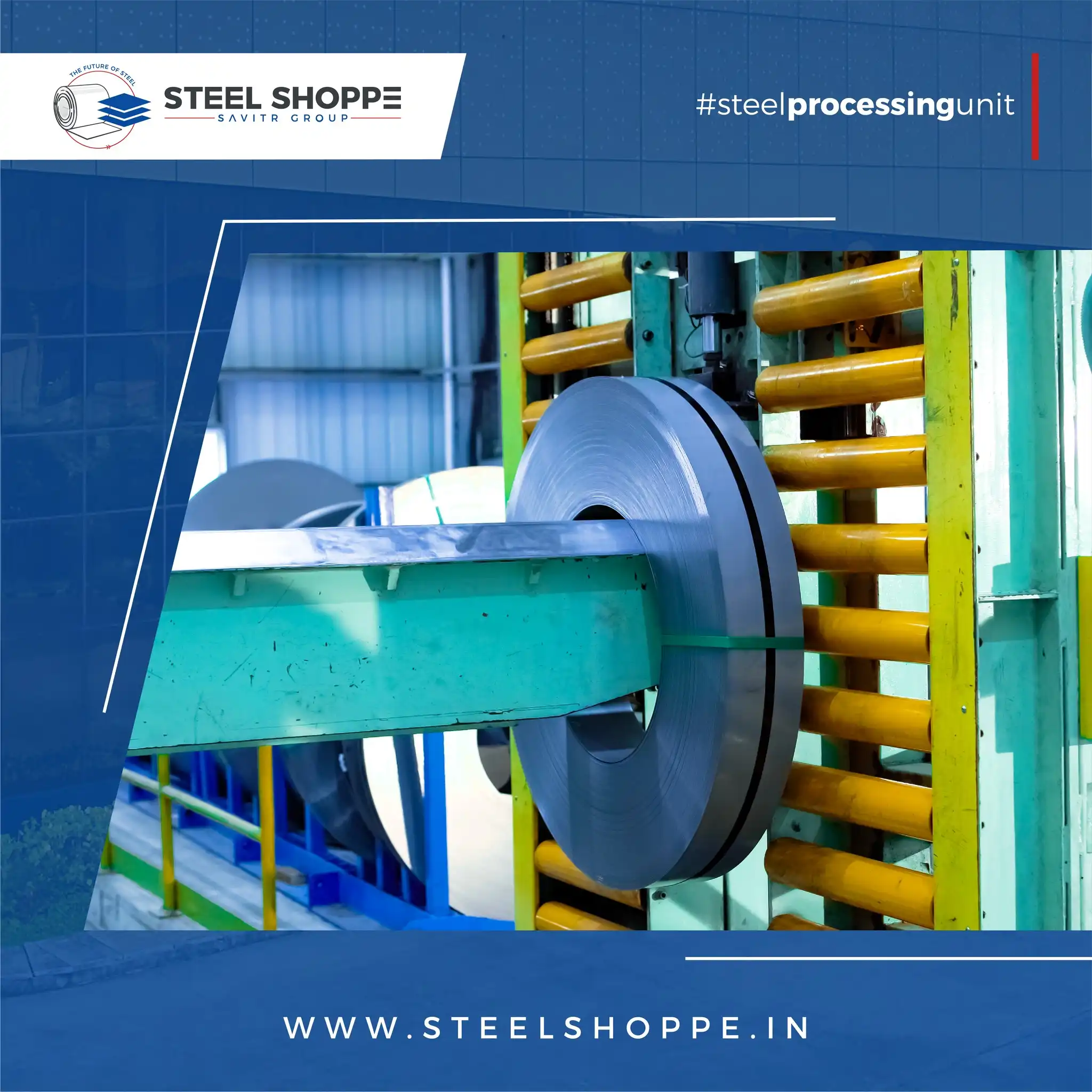How Should PVC Pipe Be Stored?
Storing PVC pipe properly is essential for maintaining its integrity and ensuring it’s ready for your next project. This prevents damage, warping, and degradation, ultimately saving you money and frustration. Learn the best practices for keeping your PVC pipe in top condition.
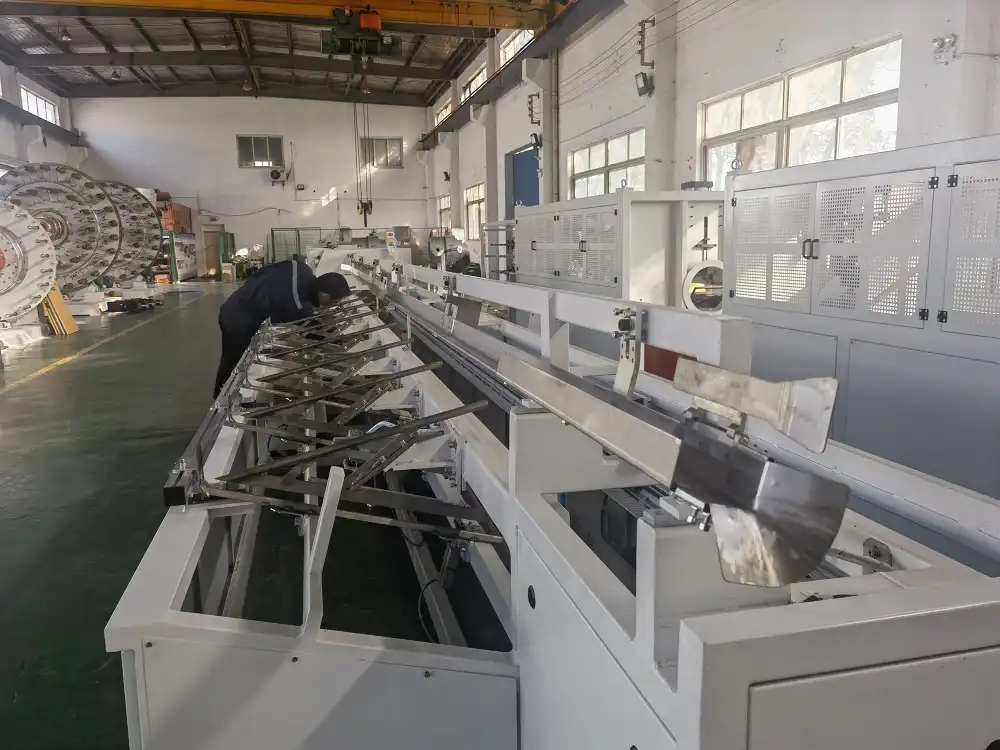
Storing PVC pipe involves protecting it from extreme temperatures, direct sunlight, and physical stress. Horizontal stacking on a flat surface is ideal, with support provided every few feet to prevent sagging. For long-term storage, consider covering the pipes to shield them from UV rays and debris.
Choosing the right storage method for your PVC pipes can significantly extend their lifespan and usability. Let’s explore the best practices for storing your PVC pipes, ensuring they remain in excellent condition for all your future projects.
1. Understanding the Enemies of PVC Pipe: Heat, Sunlight, and Stress
PVC pipe, while durable, is susceptible to certain environmental factors that can compromise its structural integrity. Understanding these factors is the first step in implementing effective storage solutions.
PVC pipe can be damaged by prolonged exposure to heat, direct sunlight, and physical stress. High temperatures can cause warping, UV rays can degrade the material, making it brittle, and improper support can lead to sagging and bending. Protecting the pipes from these elements is essential for preserving their quality.
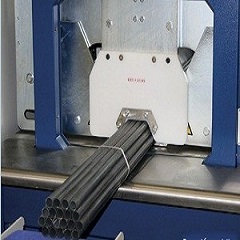
Choosing the Right Environment for PVC Pipe Storage
Selecting the appropriate storage environment is crucial for preserving the longevity and usability of PVC pipes. Several factors must be considered to mitigate potential damage from environmental elements.
Temperature Control
PVC pipes are sensitive to extreme temperature fluctuations. High temperatures can cause the material to soften and warp, while freezing temperatures can make it brittle and prone to cracking. The ideal storage temperature for PVC pipe is between 40°F and 80°F (4°C and 27°C).
Table 1: Effects of Temperature on PVC Pipe
| Temperature Range | Potential Effects | Mitigation Strategies |
|---|---|---|
| Below 32°F (0°C) | Increased brittleness, potential cracking | Store in a temperature-controlled environment, insulate pipes with thermal wraps. |
| 80°F – 100°F (27°C-38°C) | Softening, increased flexibility | Provide ventilation, avoid direct sunlight, consider storing in a shaded area. |
| Above 100°F (38°C) | Warping, deformation, structural weakening | Avoid storing in high-temperature environments, use reflective covers, ensure adequate ventilation. |
Sunlight Exposure
Prolonged exposure to direct sunlight can cause UV degradation, which leads to discoloration, surface cracking, and reduced tensile strength of PVC pipes. UV radiation breaks down the polymer chains in PVC, making the material brittle and less durable.
Mitigation strategies for sunlight exposure:
- Indoor Storage: The most effective way to protect PVC pipes from UV damage is to store them indoors, away from direct sunlight.
- Protective Covers: If indoor storage is not feasible, use opaque covers made of UV-resistant materials to shield the pipes.
- UV-Resistant Coatings: Apply UV-resistant paints or coatings to the pipes to provide an additional layer of protection.
Moisture Control
While PVC is water-resistant, excessive moisture can promote mold and mildew growth, especially if the pipes are stored in a damp environment. Moisture can also lead to corrosion of any metal components used with the pipes, such as fasteners or supports.
Effective moisture control techniques:
- Dry Storage Area: Choose a storage location that is dry and well-ventilated to minimize moisture accumulation.
- Elevated Storage: Store pipes on elevated racks or platforms to prevent direct contact with damp floors.
- Dehumidifiers: Use dehumidifiers in enclosed storage spaces to maintain a low humidity level.
By carefully managing these environmental factors, you can ensure that your PVC pipes remain in optimal condition for future use, reducing waste and saving costs. Understanding and implementing these strategies is essential for maintaining the quality and performance of PVC pipes in various applications.
2. Horizontal vs. Vertical Storage: The Best Approach
The orientation in which you store your PVC pipes can significantly impact their shape and structural integrity over time. Choosing between horizontal and vertical storage depends on factors such as space availability and the length of the pipes.
Horizontal storage is generally preferred for longer PVC pipes as it provides better support and prevents sagging. Vertical storage can be suitable for shorter lengths, but it’s crucial to ensure the pipes are adequately supported to prevent bending or tipping. Consider the length and quantity of your pipes when deciding.

Optimizing Space and Preventing Damage
Efficient space utilization is a key consideration when deciding between horizontal and vertical PVC pipe storage. Each method offers distinct advantages and disadvantages in terms of space management and potential damage prevention.
Horizontal Storage: Benefits and Drawbacks
Benefits:
- Reduced Sagging: Horizontal storage distributes the weight of the pipes evenly, minimizing the risk of sagging or bending, especially for longer pipes.
- Easier Access: Horizontal stacking allows for easier access to individual pipes without the need to move multiple pipes.
- Greater Stability: Lower center of gravity provides greater stability, reducing the risk of pipes toppling over.
Drawbacks:
- Larger Footprint: Requires more floor space compared to vertical storage.
- Potential for Crushing: If stacked too high, the weight of the upper layers can crush the pipes at the bottom.
Vertical Storage: Benefits and Drawbacks
Benefits:
- Smaller Footprint: Utilizes vertical space, making it suitable for areas with limited floor space.
- Organized Appearance: Provides a neat and organized appearance, especially when using racks or bins.
Drawbacks:
- Risk of Bending: Long pipes can bend or warp if not properly supported.
- Difficult Access: Accessing pipes at the bottom of the stack can be challenging and time-consuming.
- Tipping Hazard: Tall stacks of pipes can be unstable and pose a tipping hazard.
To make an informed decision, consider the following comparative analysis:
Table 2: Horizontal vs. Vertical Storage Comparison
| Feature | Horizontal Storage | Vertical Storage |
|---|---|---|
| Space Efficiency | Less efficient, requires more floor space | More efficient, utilizes vertical space |
| Damage Prevention | Lower risk of bending and warping, but potential for crushing if stacked too high | Higher risk of bending and warping if not properly supported, lower risk of crushing |
| Accessibility | Easier access to individual pipes | More difficult access to pipes at the bottom of the stack |
| Stability | More stable due to lower center of gravity | Less stable, higher risk of tipping |
| Best Use Cases | Ideal for long pipes, large quantities, and situations where easy access is prioritized | Suitable for short pipes, limited floor space, and when a neat appearance is desired |
Ultimately, the choice between horizontal and vertical storage should be based on your specific needs and constraints. By carefully weighing the benefits and drawbacks of each method, you can create a storage solution that maximizes space utilization and minimizes the risk of damage to your PVC pipes.
3. Practical Storage Solutions: Racks, Bins, and DIY Options
Implementing practical storage solutions is essential for maintaining an organized and efficient workspace. Various options are available, ranging from commercial racks and bins to DIY solutions tailored to specific needs.
Effective PVC pipe storage can be achieved using commercially available racks, custom-built bins, or simple DIY solutions. Racks provide organized support, bins offer containment, and DIY options allow for customization. Choose a solution that fits your space, budget, and the quantity of PVC pipe you need to store.
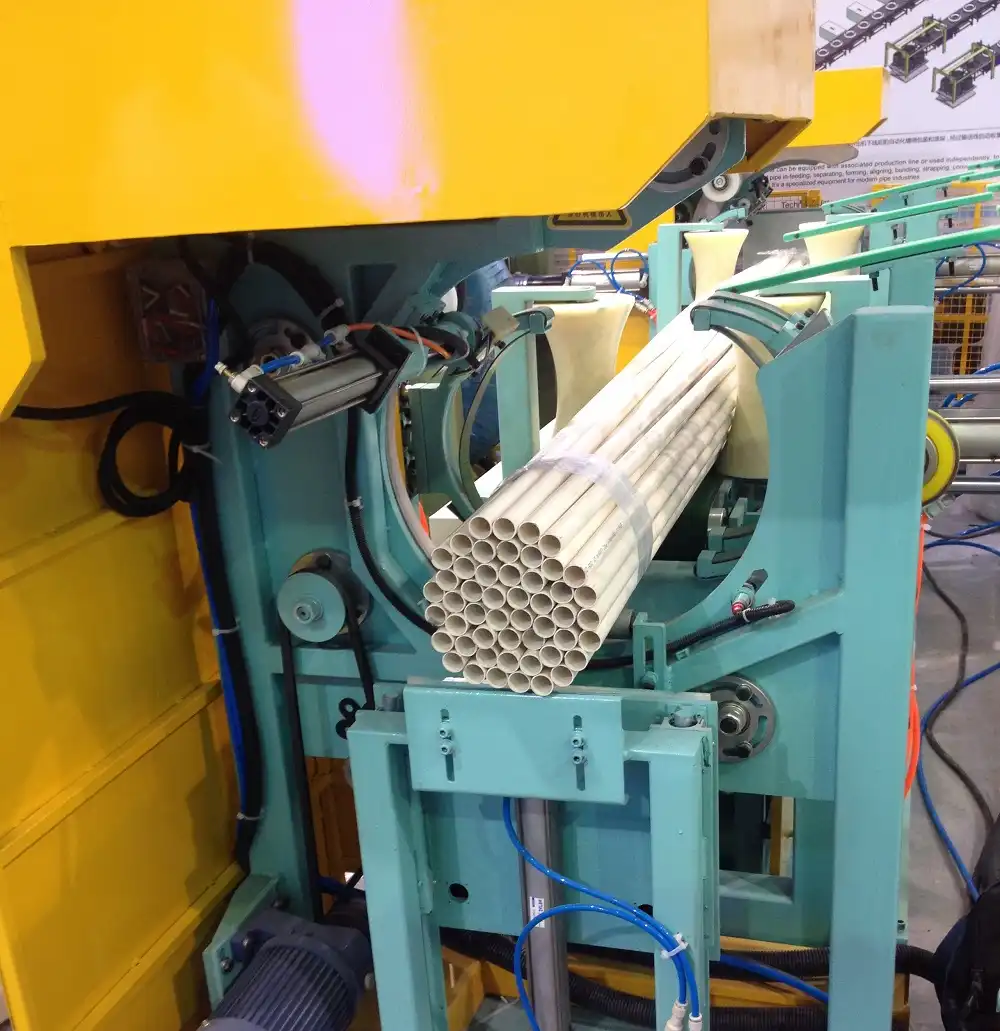
Exploring Commercial and Custom Storage Solutions
Selecting the right storage solution for PVC pipes depends on factors such as space availability, budget, and specific storage needs. Commercial storage systems offer durability and convenience, while custom solutions provide flexibility and cost-effectiveness.
Commercial Storage Racks
Commercial storage racks are designed specifically for storing long materials such as PVC pipes. These racks typically feature adjustable arms or dividers to accommodate different pipe sizes and quantities.
Benefits of Commercial Storage Racks:
- Durability: Constructed from high-quality materials, ensuring long-lasting performance.
- Organization: Provide a structured and organized storage system, making it easy to locate and retrieve pipes.
- Adjustability: Adjustable arms and dividers allow for customization to fit different pipe sizes and quantities.
- Safety: Designed with safety features such as non-slip surfaces and secure locking mechanisms.
Custom-Built Storage Bins
Custom-built storage bins offer a flexible and cost-effective solution for storing PVC pipes. These bins can be constructed from various materials such as wood, metal, or plastic, and can be tailored to fit specific storage requirements.
Benefits of Custom-Built Storage Bins:
- Customization: Can be designed to fit specific space and storage needs.
- Cost-Effectiveness: Often less expensive than commercial storage systems.
- Flexibility: Can be modified or expanded as storage needs change.
- Resourcefulness: Utilize readily available materials and tools.
DIY PVC Pipe Storage Solutions
For those looking for a budget-friendly and creative storage option, DIY PVC pipe storage solutions can be an excellent choice. Using PVC pipes themselves, you can construct simple yet effective storage systems.
DIY Storage Ideas:
- Vertical Pipe Holders: Cut PVC pipes into short sections and mount them vertically on a wall or board to create individual holders for each pipe.
- Horizontal Pipe Racks: Construct a simple frame using lumber and attach PVC pipes horizontally to create a rack for storing longer pipes.
- Rolling Storage Carts: Build a rolling cart with PVC pipe dividers to easily move and store pipes around the workspace.
Table 3: Comparison of Storage Solutions
| Feature | Commercial Racks | Custom Bins | DIY PVC Solutions |
|---|---|---|---|
| Cost | Higher initial cost | Moderate cost | Lowest cost |
| Durability | High | Moderate | Moderate |
| Customization | Limited adjustability | High customization | Moderate customization |
| Ease of Installation | Easy, typically requiring minimal assembly | Moderate, requiring construction skills | Moderate, requiring cutting and assembly skills |
| Best Use Cases | Ideal for large quantities of pipes, commercial settings, and those prioritizing durability and organization | Suitable for specific space constraints, budget limitations, and those who prefer a tailored solution | Great for small quantities, budget-conscious individuals, and those who enjoy DIY projects |
By carefully considering the benefits and drawbacks of each storage solution, you can choose the option that best suits your needs and budget, ensuring that your PVC pipes are stored safely, efficiently, and accessibly.
4. Best Practices for PVC Pipe Packing and Handling
Proper packing and handling techniques are vital for preventing damage during transportation and storage. These practices ensure that PVC pipes reach their destination in optimal condition, ready for use in various applications.
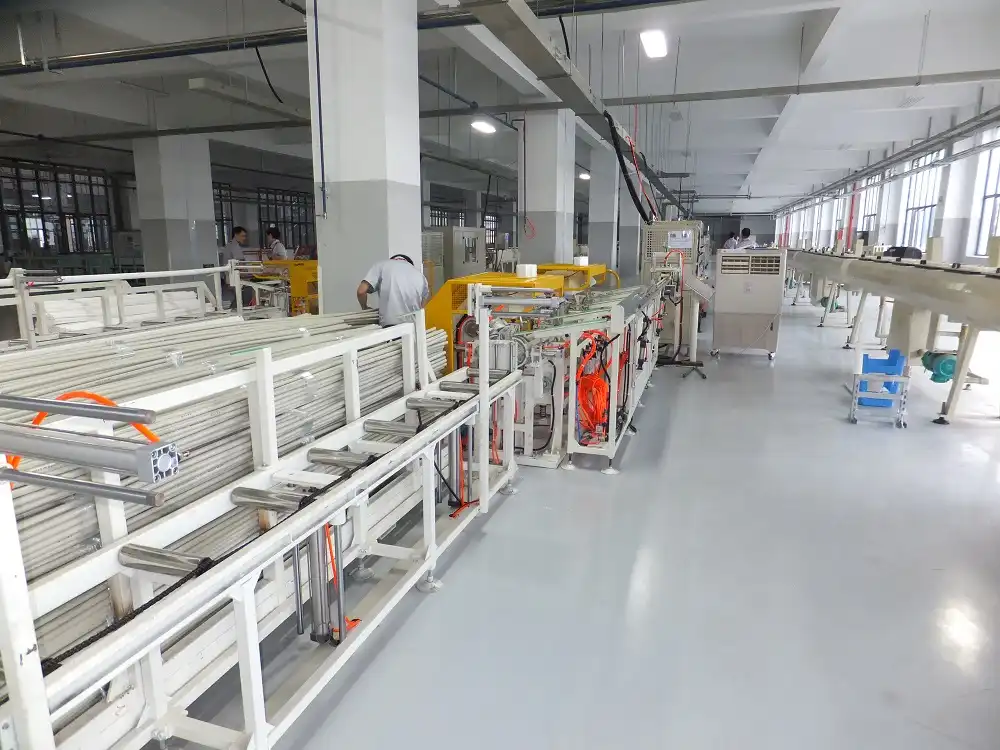
Following best practices in PVC pipe packing and handling safeguards pipes from damage, maintaining their structural integrity. Proper techniques include secure bundling, protective wrapping, and careful loading and unloading to prevent bending, cracking, or surface abrasions. Prioritizing these methods preserves quality and minimizes material waste.
Techniques and Considerations
Adhering to proper packing and handling techniques is critical for preventing damage to PVC pipes during transportation and storage. These practices ensure that the pipes remain in optimal condition and are ready for use in various applications. Several techniques and considerations should be taken into account to safeguard the pipes effectively.
Secure Bundling:
- Strapping: Use high-quality strapping materials such as plastic or metal bands to securely bundle the pipes together. Ensure the straps are tightened appropriately to prevent shifting during transit.
- Spacing: Maintain uniform spacing between the straps to distribute the load evenly along the length of the bundle. This prevents excessive stress on any single point.
- Edge Protection: Use edge protectors or corner boards at the strapping points to prevent the straps from cutting into the pipes.
Protective Wrapping:
- Film Wrapping: Wrap the bundled pipes with a layer of protective film to shield them from moisture, dust, and scratches. Use stretch film or shrink wrap for a tight and secure fit.
- End Caps: Use end caps or plugs to protect the open ends of the pipes from debris and impact damage.
- Padding: Add padding or cushioning material between the pipes and the wrapping to provide additional protection against abrasions.
Careful Loading and Unloading:
- Lifting Equipment: Use appropriate lifting equipment such as forklifts or cranes to load and unload the pipes safely. Ensure the equipment is in good working condition and operated by trained personnel.
- Load Distribution: Distribute the load evenly across the transport vehicle to prevent uneven stress and potential damage to the pipes.
- Securement: Secure the bundled pipes properly to the transport vehicle using straps, chains, or other suitable restraints.
These techniques and considerations ensure that PVC pipes are handled and packed in a manner that minimizes the risk of damage during transportation and storage. By implementing these best practices, businesses can reduce material waste, lower replacement costs, and maintain the quality of their PVC pipes for various applications.
Conclusion
Proper storage of PVC pipe is paramount for ensuring its longevity and usability. By protecting it from heat, sunlight, physical stress, and moisture, you can significantly extend its lifespan. Choosing the right storage method, whether horizontal, vertical, or a DIY solution, depends on your specific needs and space constraints. Implementing these best practices will save you money and ensure your PVC pipe is ready for your next project.

